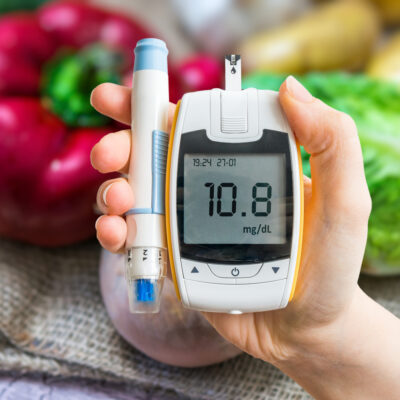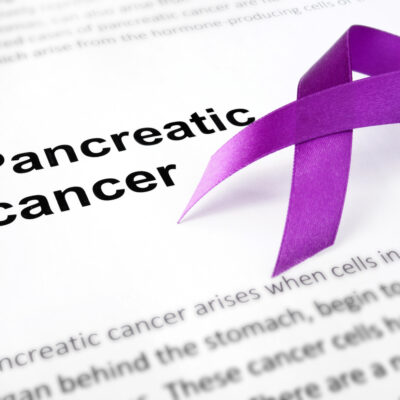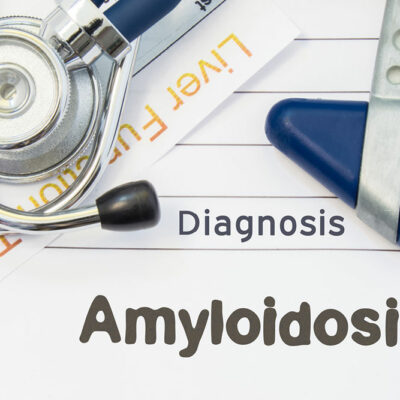
Health
Healthy Snack Tips for Rheumatoid Arthritis
Rheumatoid arthritis is a disease that initially causes inflammation in the bones and joints of your feet, legs, ankles, wrists, knees, and hands; gradually, it spreads to all parts of your body, including the vital organs. This leads to poor functioning of not only one but multiple organs of your body, thus showing severe symptoms of the disease. The main causes of this type of arthritis are genetic factors, intake of very heavy foods that take a long time to digest, irregular eating habits, excessive intake of dairy products like yogurt and milk, and, most importantly, the lack of physical activity, which aggravates the disease. This article discusses some basic tips to remember before making healthy snacks. 1. Plan your meals It is not only essential to stock useful nutrients; you also have to manage problems with your skeletal system. Below are a few tips to prepare healthy snacks that may reduce inflammation and supply you with useful nutrients. Proper planning of meals and maintaining a proper stock of raw materials will help you to avoid fatty and processed foods. You can also prepare healthy snacks for yourself to suppress your hunger in between meals. You are suffering from a disease that worsens when you put on extra weight, so avoid oily and fried snacks at all times.
Read More 















